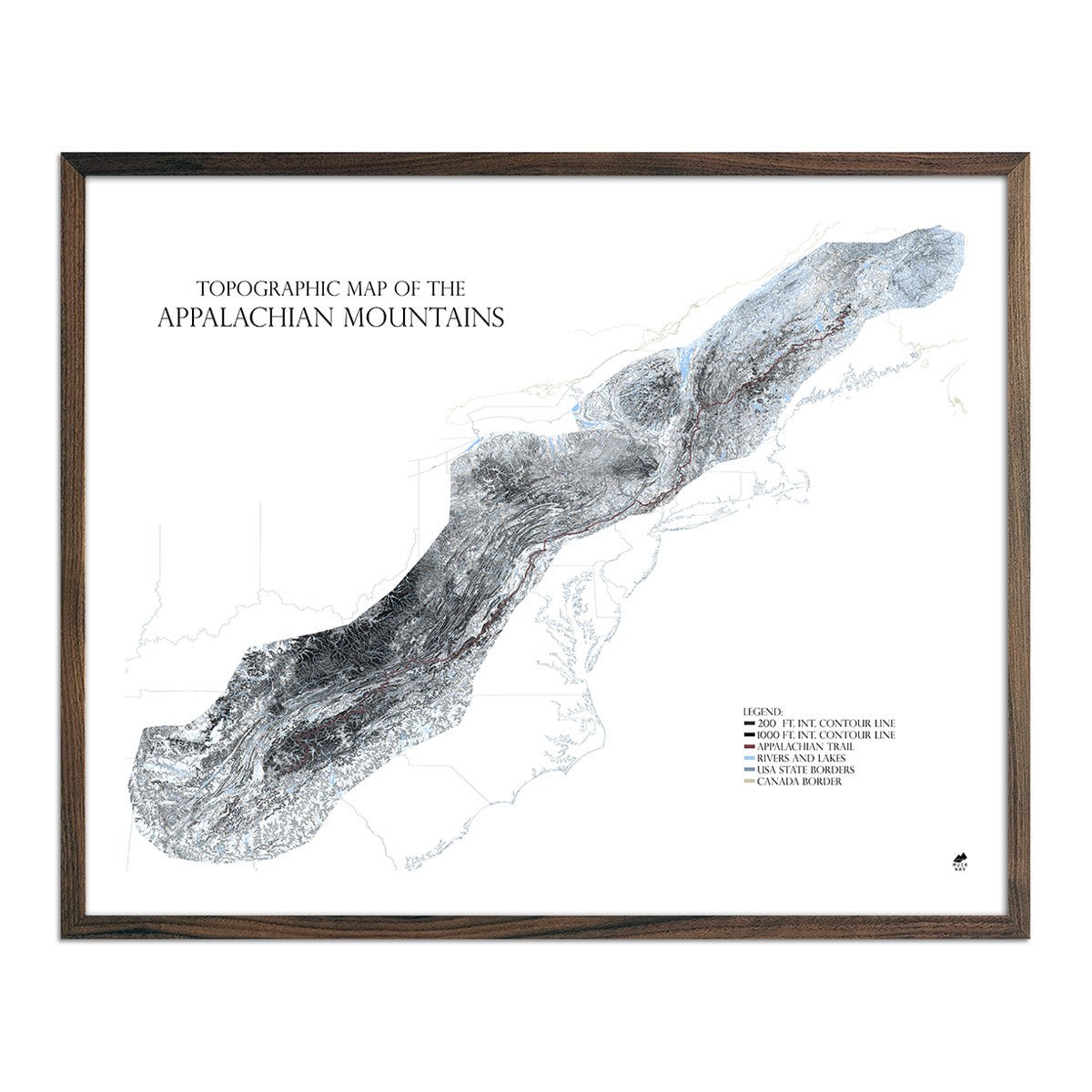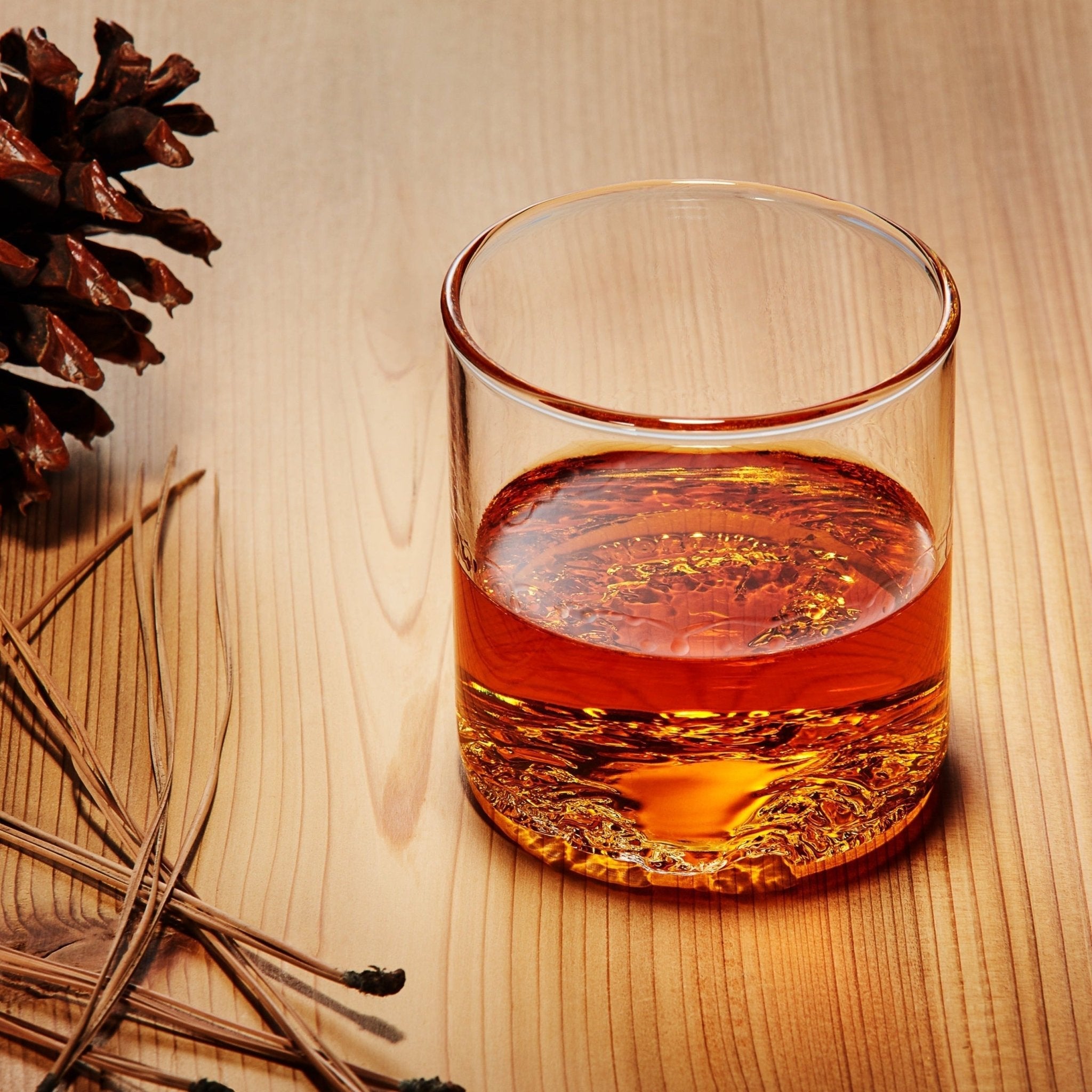The United Kingdom is filled with natural beauty, but its diverse geography and physical features set it apart from many other nations. With a range of terrains that cover everything from jagged coastal cliffs to green pastures atop hillsides, there's more to the UK than farmland and hedgerows!
Are you excited to learn more about the UK and its physical features? Well, we're excited to tell you about them! In this guide, we'll explore everything from geography and terrain to weather patterns and natural resources. So, what are you waiting for? Let's jump right in.
United Kingdom Physical Features

United Kingdom geography
The geography and terrain of the United Kingdom are a diverse mix of landscapes and natural features.
Located in Western Europe, the UK is mainly made up of the island of Great Britain. This includes England, Scotland, and Wales. Politically, it encompasses Northern Ireland, on an island separated from northern Britain by the Irish Sea.
Interestingly, the UK has one of the most important maritime routes through the English Channel. It's also home to coastlines that run that meet with the Atlantic Ocean, North Sea, and, of course, the aforementioned English Channel.
Terrain
The terrain of the UK is made up of stunning scenery: everything from rugged mountains to lush green plains. If you're interested in cartography, you can get a pretty good idea of the overall terrain with a well-designed relief map.
It's Scotland and Wales that steal the show when it comes to dramatic mountain ranges. The Scottish Highlands are dotted with picturesque lakes known as lochs, which add a unique touch to this interesting terrain.
England boasts rolling hills and open plains. Its standout features include the Pennines (bordered by the Lake District), limestone hills running up northern England, and vales/valleys in the south. Additionally, there are Dartmoor and Bodmin Moor (both located in the south-west), where rugged granite outcrops are a prominent natural feature.
It's also interesting to compare England's geology with that of Europe as a whole. While England's geological makeup is entirely distinct, it still plays a role in shaping Europe's geology.
Rivers, lakes, and lochs
The UK isn't short on natural wonders, either! And English lakes and rivers are straight out of a fairytale. For example, the River Thames is a quintessential part of the overall landscape. It runs through Wiltshire, Oxfordshire, Berkshire, Buckinghamshire, Surrey, and into the capital city of London. Similarly, the River Severn holds the title of the longest river and runs through Shrewsbury, Gloucester, and Worcester.
There are also lakes and lochs scattered along the English, Scottish, and Irish countryside, such as Loch Neagh in Northern Ireland. This impressive loch is the largest freshwater lake (according to surface area) in the entirety of the British Isles. And you can't forget about Loch Ness, which takes its name from the River Ness that runs through the North-west Highlands in Scotland.
Climate And Weather Patterns In The UK
The climate and weather patterns in the UK are usually pretty predictable. And this has a lot to do with the temperate influence of the Gulf Stream, which keeps things relatively mild and consistent throughout the year. There are also fewer extremes compared to other parts of the world.
The typical weather patterns here are a mix of sunshine and showers, with thicker cloud cover in certain regions.
Despite the overall temperate climate, the weather can change drastically across different regions. For instance, the west tends to be wetter and windier, while eastern areas are drier and less blustery. Additionally, London, which is in the southeast, usually has slightly warmer weather compared to the rest of the country.
Temperatures across the UK
Temperature-wise, winters can get pretty cold, but they're not necessarily bone-chilling. And when the seasons change, the summers are pleasantly warm. Of course, there are times when the weather can be more extreme, but this is usually outside of the norm.
The average temperatures in the UK are between 32°F (0°C) and 45°F (7°C) in the winter and range from 59°F (15°C) to 77°F (25°C) in summer, with occasional dips below 32°F (0°C) and peaks of around 86°F (30°C) respectively. Additionally, rainfall is a year-round affair, with an average of 800 to 1400 mm of rain per year. This is spread fairly evenly across the seasons.
Natural Resources And Environment
When it comes to natural resources, the United Kingdom is incredibly abundant. Below is a short list of the most common resources, but it's important to remember that these are far from all of them!
Natural resources:
-
Coal
-
Petroleum
-
Iron ore
-
Natural gas
-
Fertile land
-
An abundance of freshwater sources
Over time, these resources have supported industries ranging from mining and agriculture to manufacturing and energy production.
Challenges
The UK also faces some environmental challenges. For example, efforts to reduce greenhouse gases have been a major focus. In recent years, the nation aimed to meet targets within the climate change Kyoto Protocol and make sustainable changes in other areas.
There are also plenty of conservation efforts, such as marine life conservation and biodiversity safeguarding. All in all, the UK is striving to achieve a more sustainable environment and offset the exploitation of its resources.
FAQs
What type of landform is the UK?
The overall landform of the UK encompasses mountains, rolling hills, and plenty of coastal plains with dramatic cliffs. These features have emerged over centuries, with influence from both natural geological processes and, of course, human migrations and settlements.
What are some famous natural attractions in the United Kingdom?
There are several famous natural attractions in the UK, with some of the most notable being:
-
The Scottish Highlands: The Highlands is known for its pristine lochs and incredibly dramatic mountain ranges and peaks.
-
The Lake District: This district is made up of breathtaking valleys and stunning lakes.
-
The Giant's Causeway (Northern Ireland): Besides the coastal scenery here, the Giant's Causeway is most well-known for its basalt columns.
What are the major physical landscapes of the UK?
There are three major physical landscapes within the UK. These include the mountain ranges in Scotland and Wales, the hills and valleys of England, and all of the coastal landscapes that are contained within Great Britain.
Final Thoughts
The United Kingdom's physical features are a blend of scenic beauty and geological diversity. This makes it the perfect point of study for cartography enthusiasts and nature lovers alike!
Are you interested in the rough terrain of the Highlands or the soft countryside and lakeshores? Either way, the entire region has enough variance to go around! Don't believe us? Just take a look at some of Muir Way's maps of Great Britain - you'll see exactly how amazing and varied the geology of the UK can be!























































